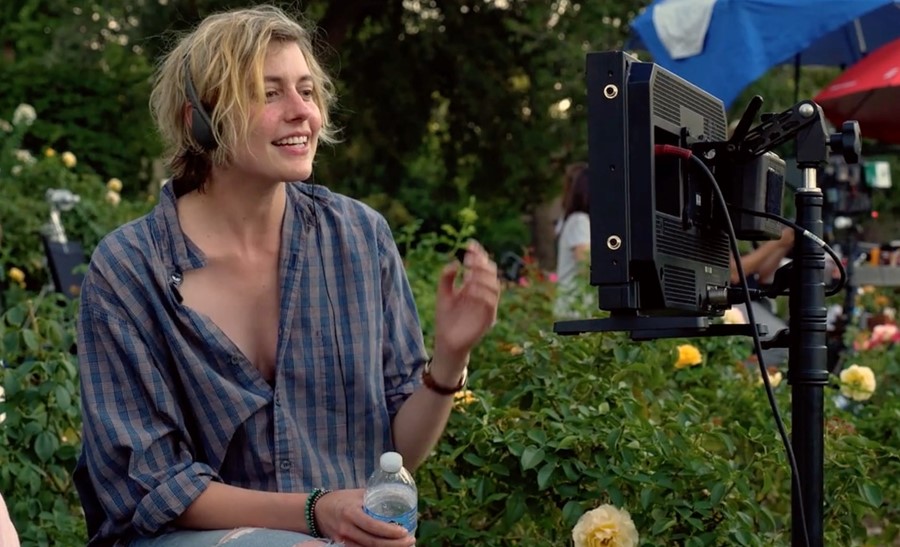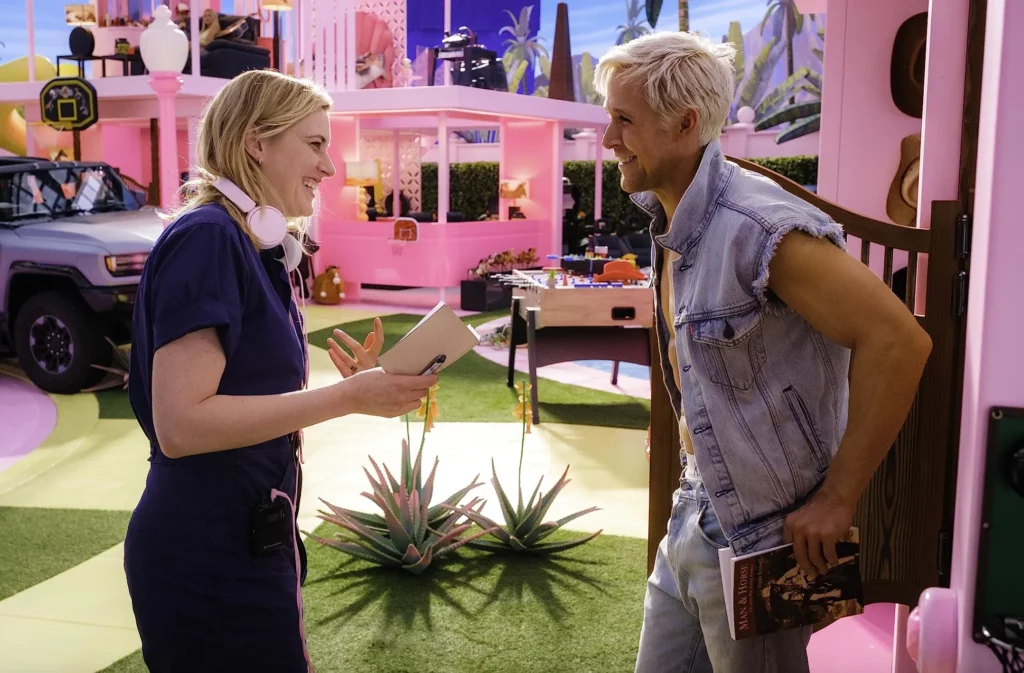Who is Tezuka Osamu?
He is one of the most influential figures in the history of manga and anime and known as the „God of Manga“. He was born on November 3, 1928, in Toyonaka, Osaka Prefecture, Japan. He graduated from Osaka University with a degree in medicine, although he chose to pursue a career in manga and animation instead. Tezuka revolutionized the manga industry with his innovative storytelling, complex characters, and cinematic panel layouts. He created numerous influential works including „Astro Boy“ (Tetsuwan Atom), „Black Jack,“ „Princess Knight“ (Ribon no Kishi) and „Phoenix“ (Hi no Tori).
- „The God of Manga“ – A documentary detailing his contributions to the manga and anime industries.
- „Tezuka Osamu: The Legend“ – A documentary that explores his life, artistic process and enduring legacy.
What is the Persistance of Vision?
The „persistence of vision“ creates the illusion of movement in cinema, even though the images on the screen don’t actually move. This phenomenon relies on the retina’s ability to retain an image for a brief moment after it’s gone and the brain’s capacity to distinguish between quickly changing individual frames. This principle is the fundamental science behind movies and motion capture technology.
What Actually is the Definition of Anime?
Animation involves creating movement by using non-photographic techniques, such as hand-drawn or computer-generated images. This effect is achieved by making small, incremental changes to the images from one frame to the next.
Who is Hayao Miyazaki?
Hayao Miyazaki is the most famous anime director in Japan. His works stand out globally for their unique style. He crafts worlds that feel both exotic and familiar to viewers, striking a perfect balance between reality and fantasy. “Miyazaki’s attempt to create a binding version of fantasy with reality, he rejects the tradition of happy endings in children’s films. If reality is ambiguous and full of possibilities, he believes so should be fantasy.”, so researcher Nguyen Nhu Ngoc.




